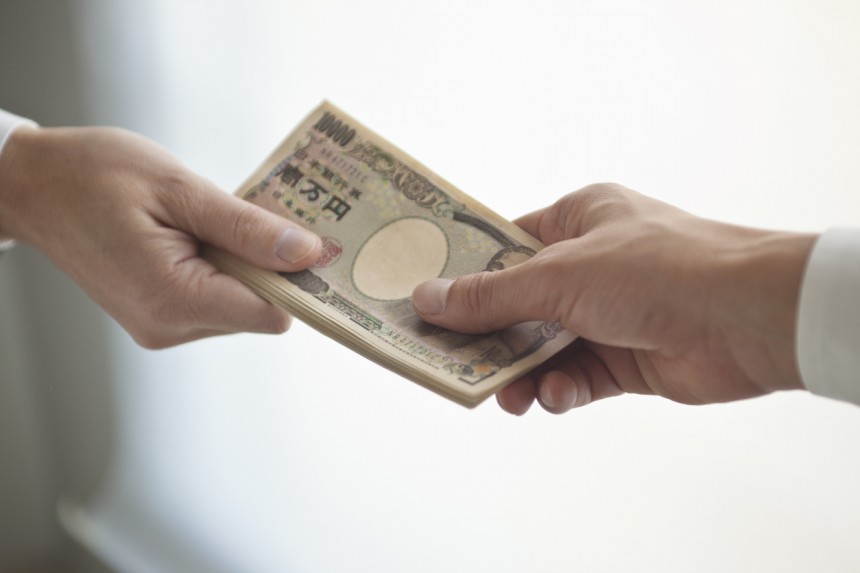
Cash is arguably the most important thing to have on your person, no matter where you are. However, in many places, credit cards and digital money are equally accessible options. Despite Japan seeming like such a futuristic and technologically-advanced country, in reality, it isn’t. For many people, paying with cash is not the most preferable method of payment, and having to pay by cash may simply feel inconvenient and impractical. If you are one of these people, the good news is that the Japanese government agrees with you. The bad news is that many Japanese citizens do not.
Despite the government’s effort to make Japan a cashless country, only 9.1% of Japanese people who participated in a study by Hakuhodo Inc. felt that Japan should become a cashless society. According to the data used by Japan Consumer Credit Association (JCA) in 2016, the percentage of payments via credit cards and debit cards covered 18.1% of the payments in Japan — most other developed countries had vastly higher percentages, such as 46% in the US, 69.5% in the UK, 56.7% in Canada and 95.9% in South Korea. What is holding Japan back?
First, the average Japanese citizen doesn’t feel the need to change. One reason for this is that digital money is more difficult to keep track of and organize. In an interview by Toyo Keizai with three people who prefer cash over cashless methods, all three participants mentioned their concern regarding difficulties in keeping track of digital money. But though it can be difficult to keep track of your spending when you only see a card instead of visible money, you can always check how much is left through your online account. Evidently, this isn’t a good enough option for some people. One of the three interviewees commented that if Japan has to become a cashless country, a system that allows people to easily manage their money must be provided as well — they found that the Japanese government, and e-money companies, do not focus on promoting the convenience of a cashless lifestyle. There are some people who simply won’t use digital payment methods without an easier tracking system that is well-promoted.
Another article by Toyo Keizai refers to how the banks in Japan heavily rely on their income through the use of ATM machines, which are located in an abundance of convenient spots around Japan. As many people are still willing to pay the commission fee to withdraw cash, companies can still benefit from and also rely on the revenue. It’s become increasingly difficult to turn a profit as a bank due to monetary easing and the negative interest rate policy — both factors introduced as part of Abenomics — and promoting avenues that would hugely reduce the use of ATM machines is too much of a risk for the major banking companies.
Japan does have the technology and the potential to become a cashless country. However, the current system does not allow for a smooth transition. Many factors are actively resisting the change. Unfortunately, it’s likely to take longer than you hope. In the meantime, make sure you’ve got your sen yen (¥1,000) bills in case you encounter an emergency, such as coming across a cash-only restaurant or cafe that you just have to try.







